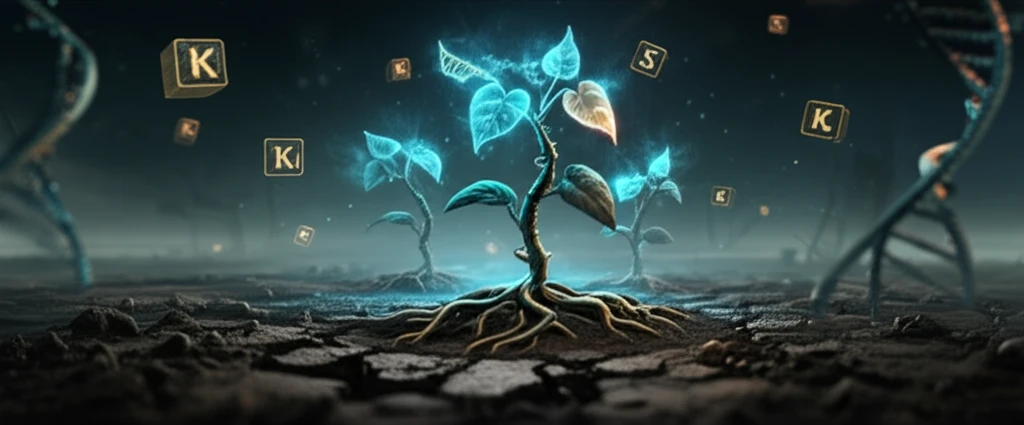
Unlocking Bean Potential: How Genetic Insights Can Boost Your Nutrition
"Dive into the science of common bean breeding and discover how understanding potassium content can lead to healthier and more nutritious meals."
Potassium, an essential mineral, plays a vital role in maintaining human health. From regulating nerve transmission and muscle function to supporting kidney health, adequate potassium intake is crucial. While potassium deficiency is relatively rare due to its presence in many foods, dietary restrictions or specific health conditions can lead to insufficient levels.
Common beans (Phaseolus vulgaris) are a nutritional powerhouse, offering a significant source of potassium and other essential minerals. In Latin America, beans contribute substantially to daily potassium intake, exceeding that of many other common foods. Recognizing the importance of potassium-rich foods, researchers are exploring innovative ways to enhance the nutritional profile of common beans.
One promising avenue involves understanding the genetic control of potassium content within bean seeds. By unraveling the genetic mechanisms that govern potassium accumulation, breeders can develop new varieties of beans with enhanced nutritional value, contributing to improved public health and dietary well-being.
The Genetic Puzzle of Potassium in Beans

A recent study delved into the genetic factors influencing potassium content in common bean seeds. The primary goal was to investigate potential maternal effects – whether the mother plant's genetics directly impact potassium levels in the seeds – and to estimate heritability, or how much of the potassium content is passed down through generations. Researchers also aimed to determine if genetic selection could effectively boost potassium levels, thereby improving the overall nutritional quality of the beans.
Implications for Bean Breeding and Nutrition
This research offers valuable insights for bean breeders seeking to enhance the nutritional profile of common beans. While genetic selection for increased potassium content may be challenging due to environmental influences and the observed partial dominance for low potassium content, understanding these genetic factors is a crucial step towards developing more nutritious bean varieties. Future research should focus on identifying specific genes that control potassium accumulation and exploring strategies to minimize the impact of environmental factors. By combining genetic insights with innovative breeding techniques, we can unlock the full nutritional potential of common beans and contribute to healthier diets worldwide.
